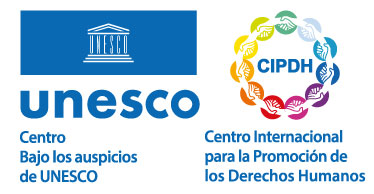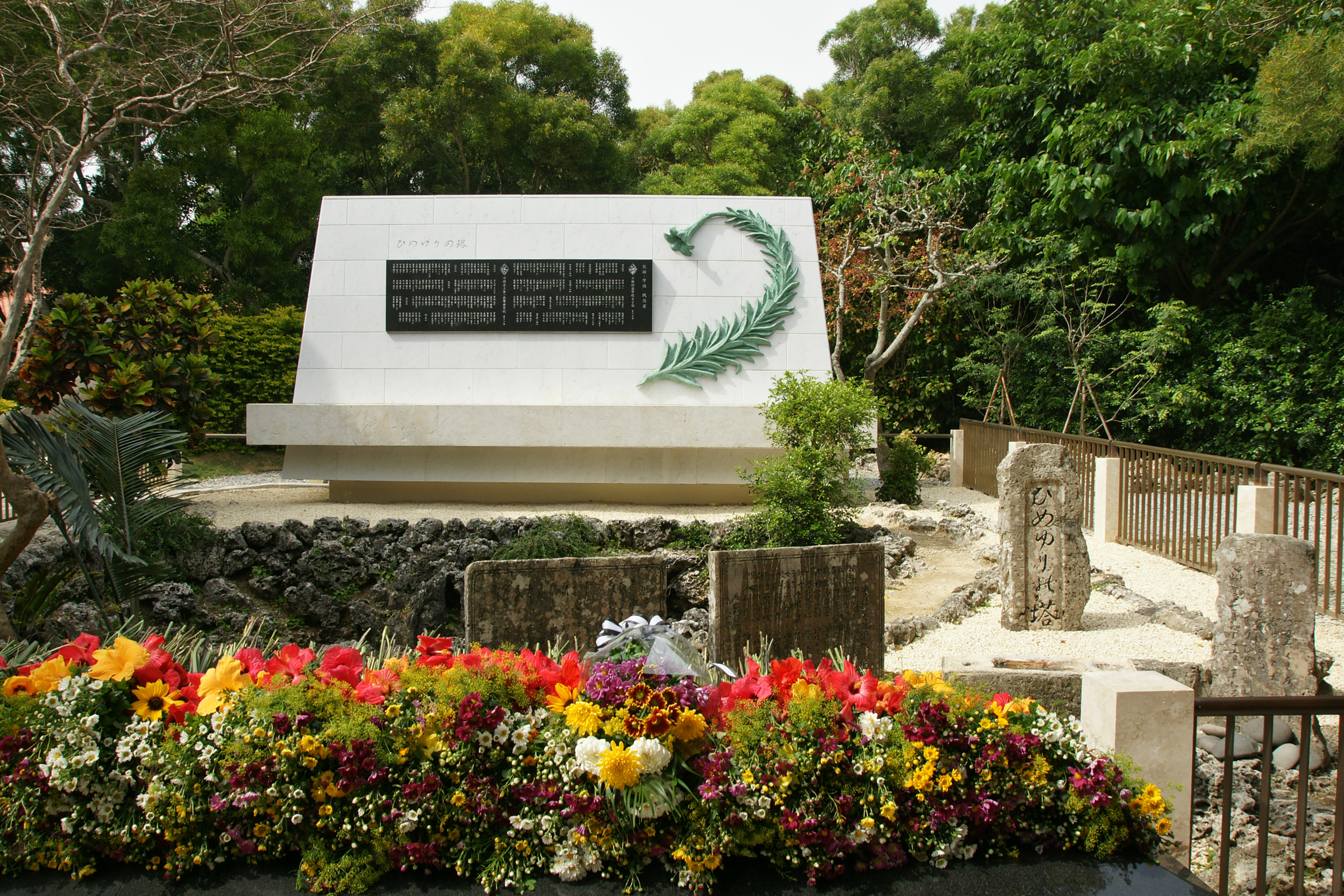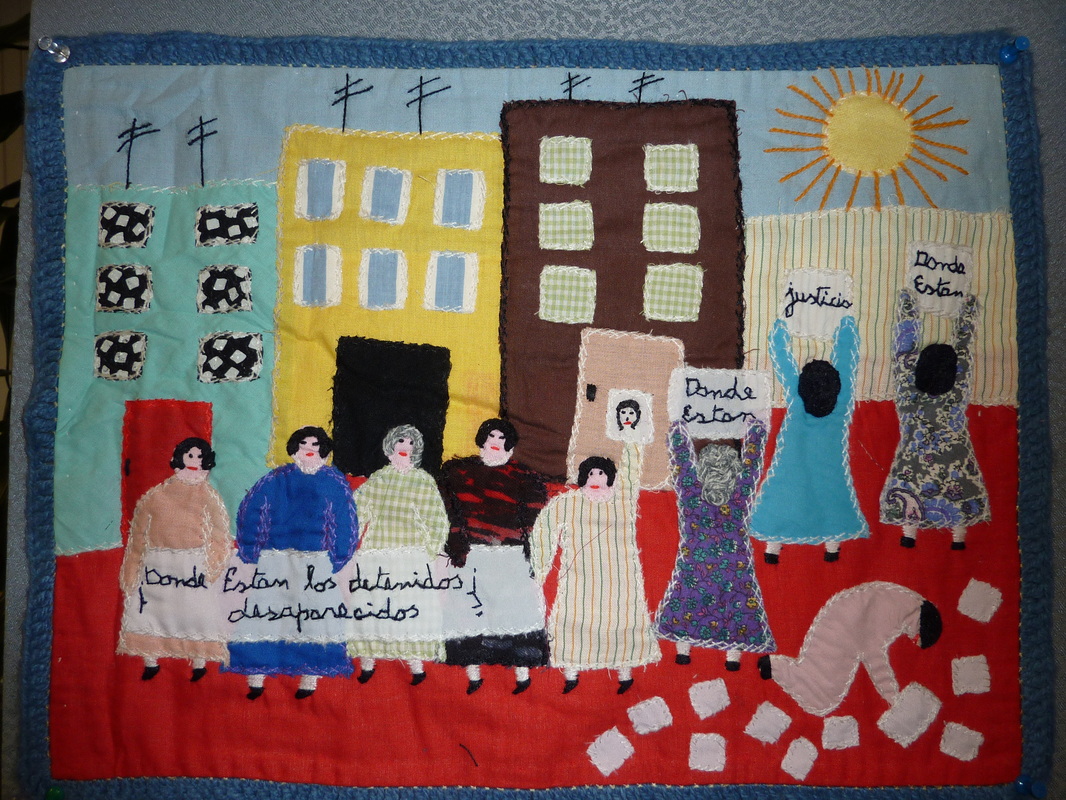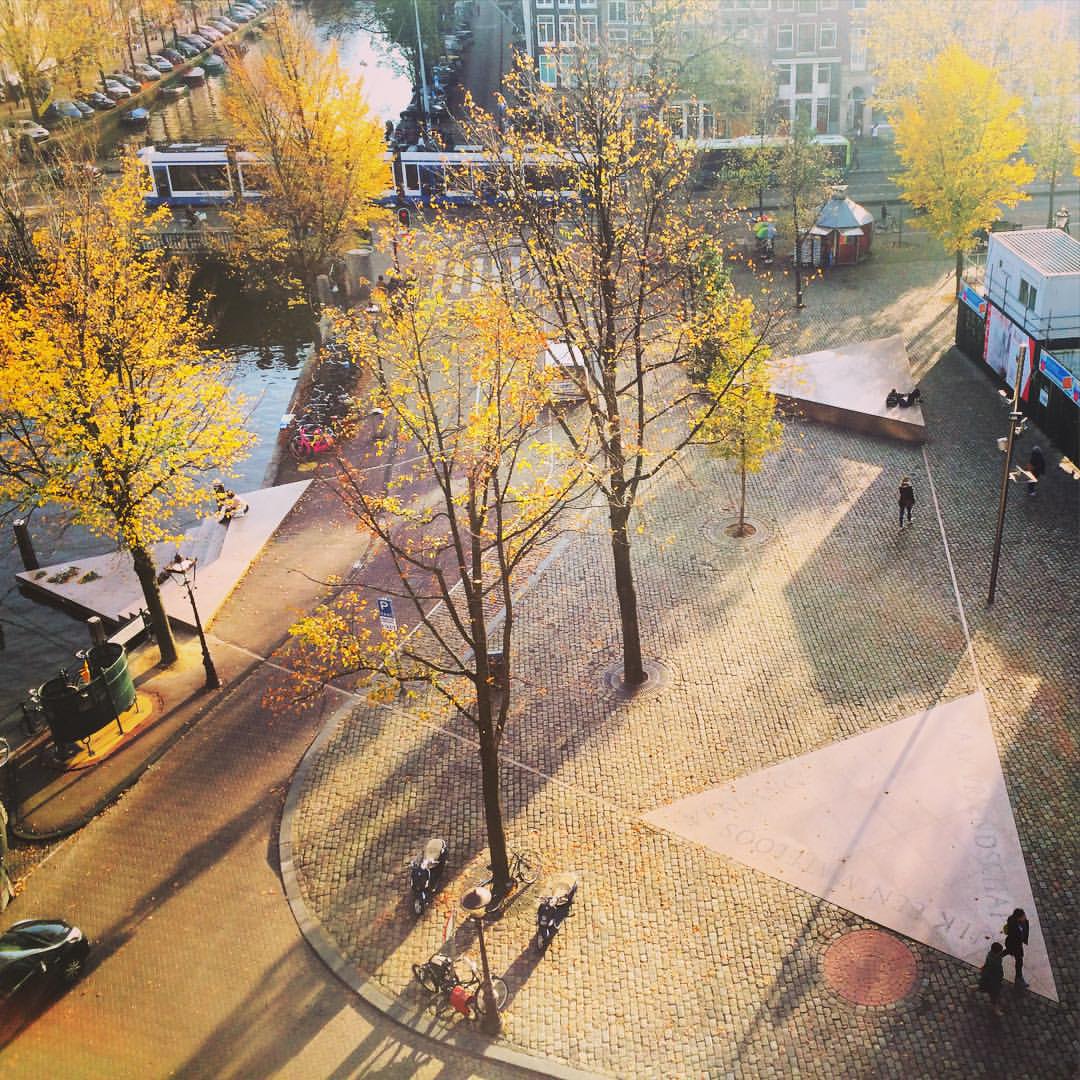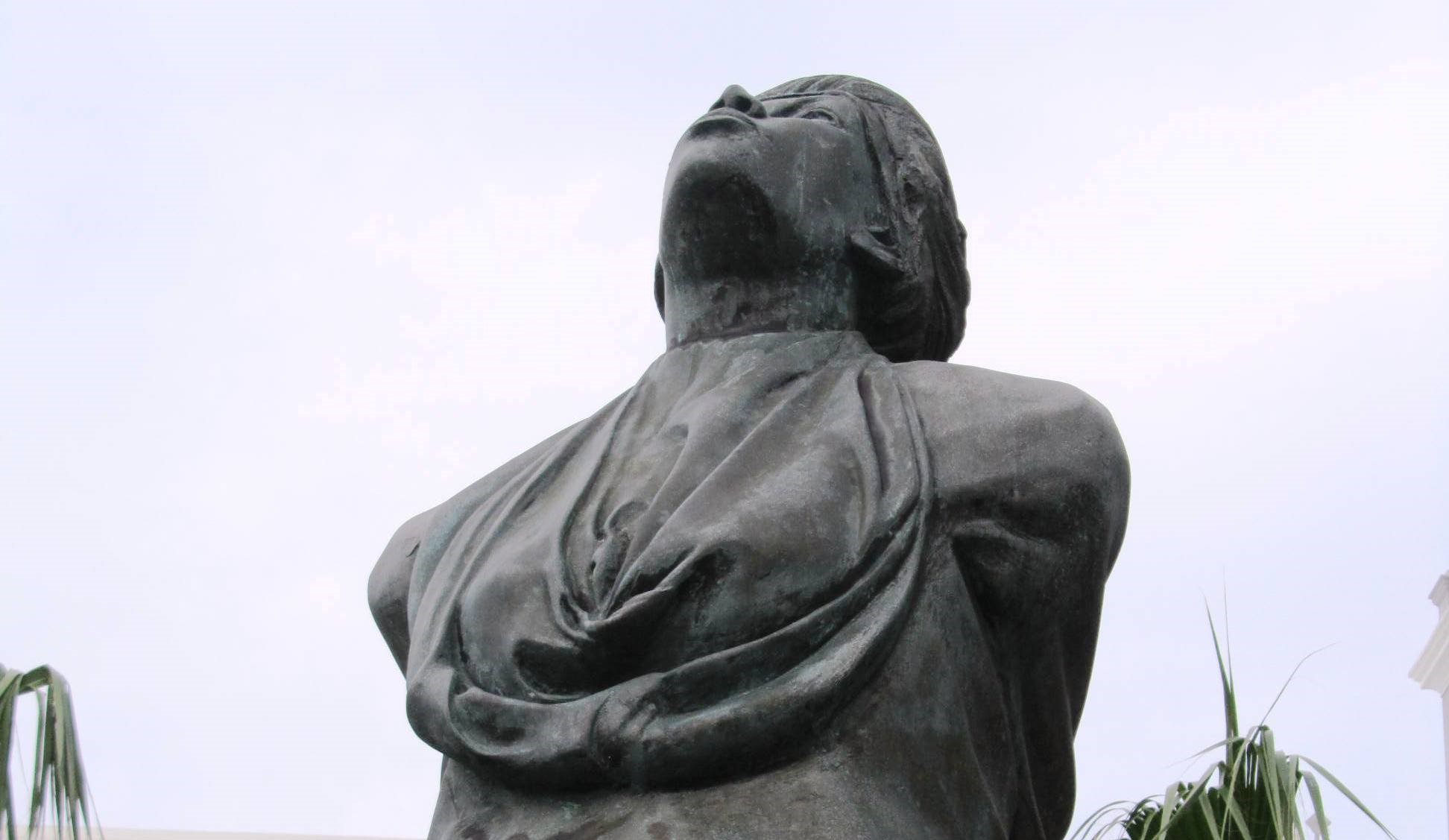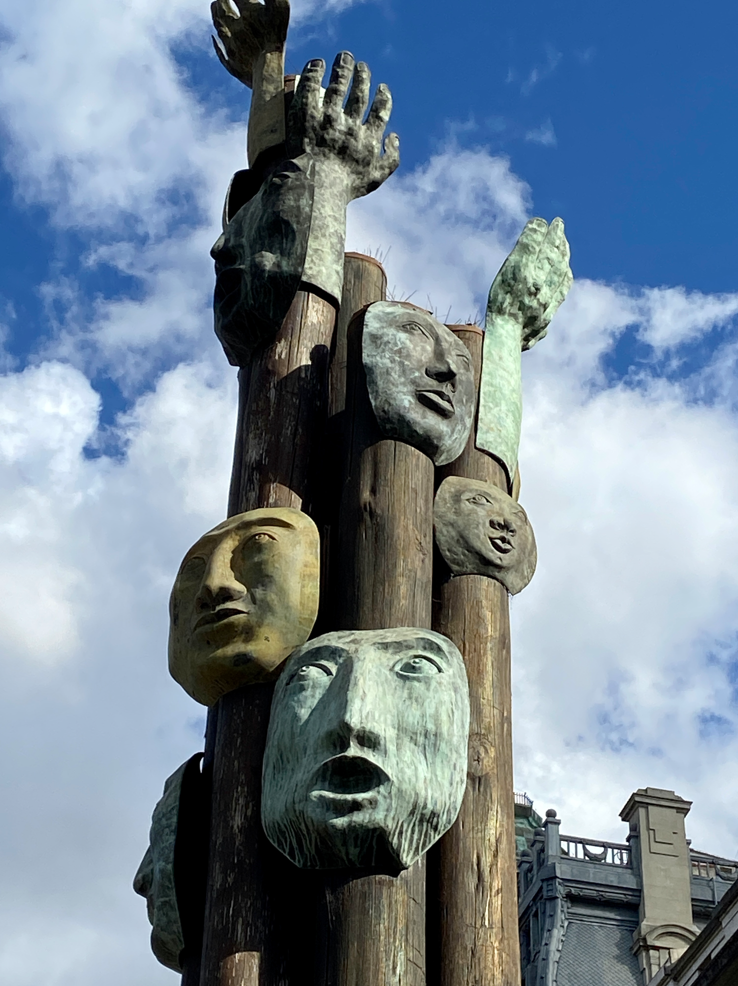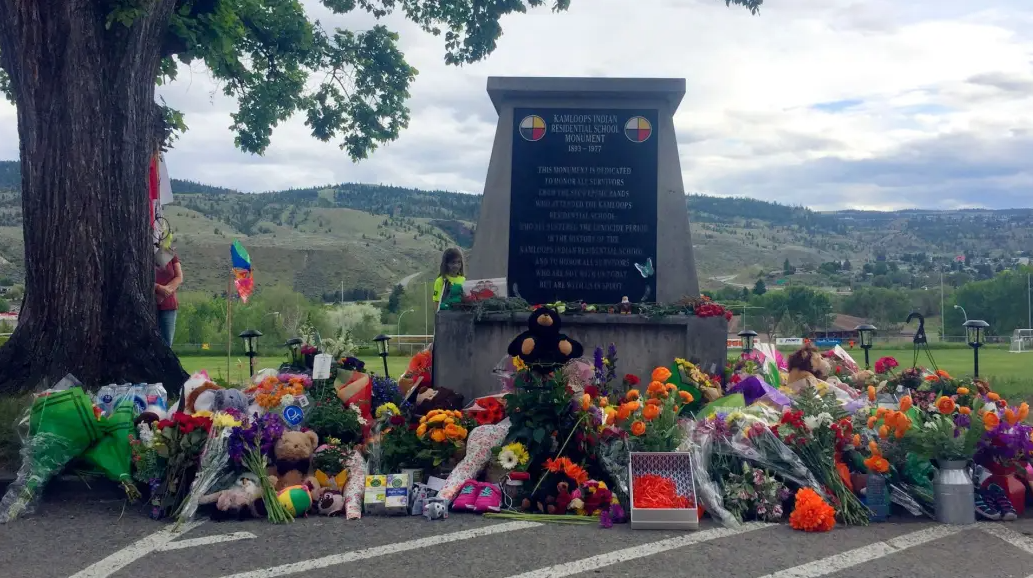Bantayog ng mga Desaparecido
Monument
Theme: Political persecution

Address
Redemptorist Road, Baclaran, Parañaque
Country
Philippines
City
Manila
Continent
Asia
Theme: Political persecution
Purpose of Memory
The monument honors the people who were enforced disappeared as a result of the actions of the military dictatorship of president Ferdinand Marcos.
Institutional Designation
Bantayog Ng Mga Desaparecidos
Date of creation / identification / declaration
1994
Public Access
Free
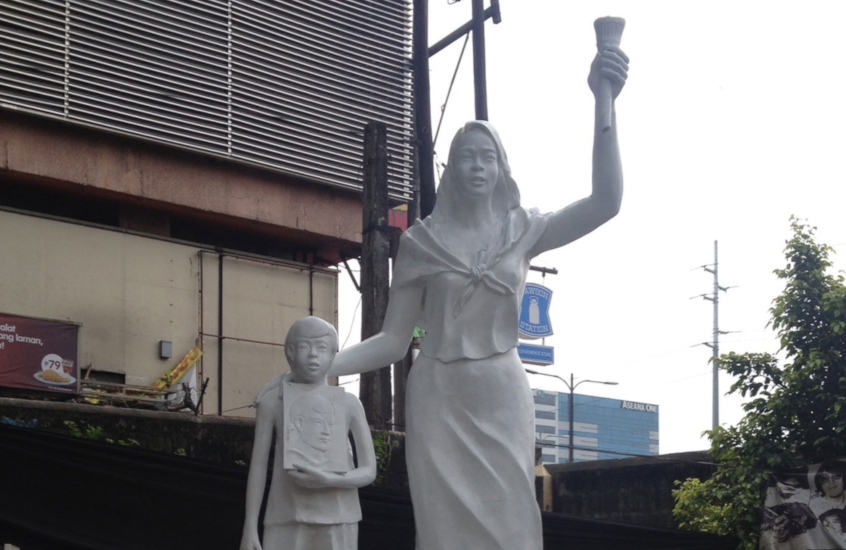
Location description
The Bantayog ng mga Desaparecido is a monument built in the capital city of the Philippines to honor the victims of Ferdinand Marcos’ dictatorship. The monument depicts a woman carrying a torch and a child holding a picture of his missing father. Around it, there are plates with the names of more than 1,300 people that were enforced disappeared during said military regime.
In 1942, during World War II, the Japanese army occupied the Philippines after decades of American rule. The country became independent on 4 July 1946. In 1965, Ferdinand Marcos was elected president. Given that the Constitution prohibited the presidential reelection for more than two consecutive terms, on 21 September 1972, by the end of his second term, Marcos declared martial law and became a de facto ruler. This was the beginning of a dictatorship that lasted more than ten years and that was characterized by a strict control of the economy and violent political repression against opponents.
In 1994, and without any institutional support, the Families of Victims of Involuntary Disappearance (FIND) had the initiative of building the monument Bantayog ng mga (Flame of Courage, in Filipino) in Pasay City, south of Manila, to honor their loved ones.
This memorial has been unveiled on several occasions. It was first unveiled on 13 July 1994, in the Baclaran Redemptorist Church, on occasion of the ninth anniversary of the disappearance of Redemptorist priest and Human Rights activist Rudy Romano, and was organized by the FIND organization, which had been documenting 1,838 cases of desappearences since 1971. Almost half of the cases occurred during the martial law regime of president Ferdinand Marcos.
It was unveiled again in 2004 in the Baclaran Church with the name of Bantayog ng mga Desaparecido (making an explicit reference to the enforced disappearance of people in Latin America during the dictatorial regimes of the second half of the 20th century). In 2012, it was unveiled again on occasion of the passing of an act that criminalized the enforced disappearance of people.
The recurrent unveilings show the constant fight of the families of those who were enforced disappeared, both during the dictatorship and afterwards. Between 2012 and 2013, an act was passed to provide reparations for victims of Marcos’ dictatorship in order to compensate and support the families of those who disappeared.
Designed and created by sculptor Lito Mondejar, the Flame of Courage symbolizes the courage of those who continue fighting for justice and to know the fate of those disappeared.
Every 2 November, on All Souls’ Day, families gather in this place with the pictures of those who were enforced disappeared to honor them.
At the moment, the sculpture was removed and is under guard waiting to be restored for the damages suffered during a storm.
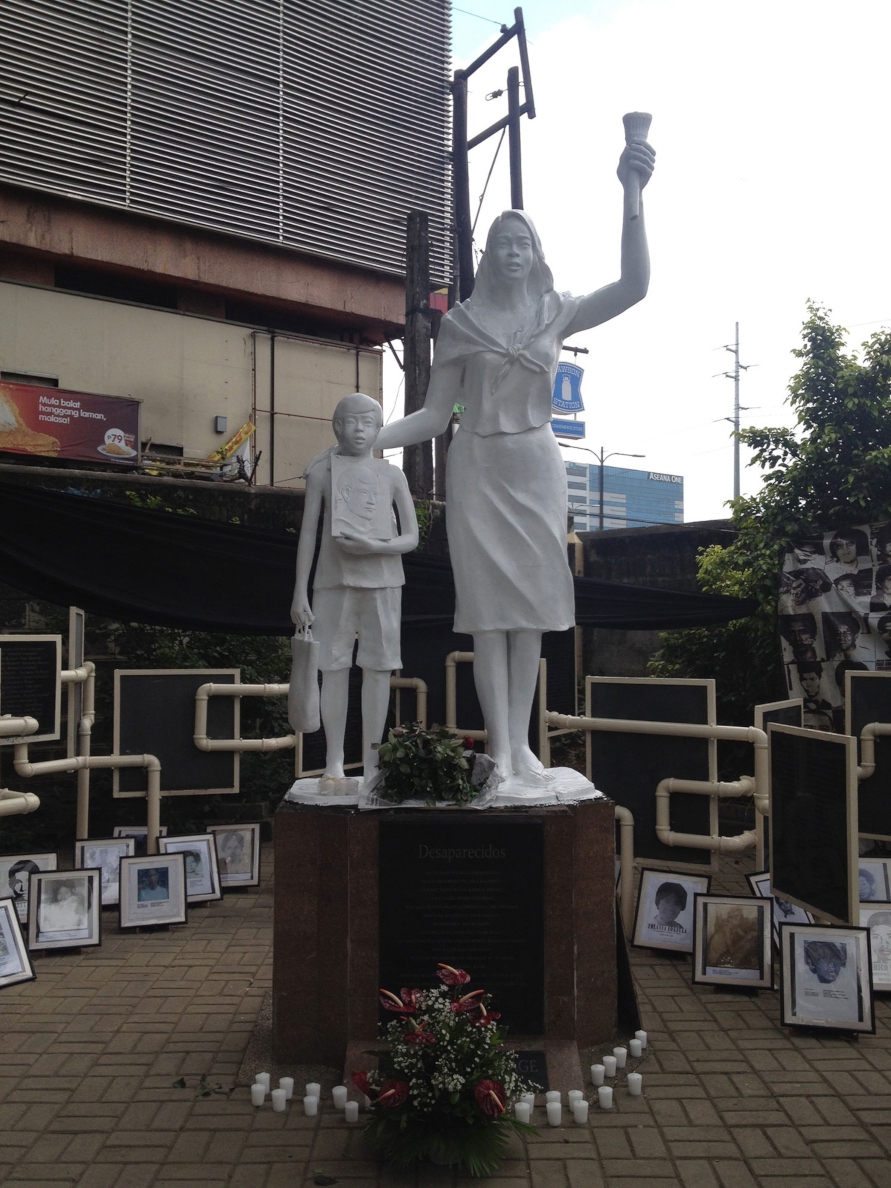
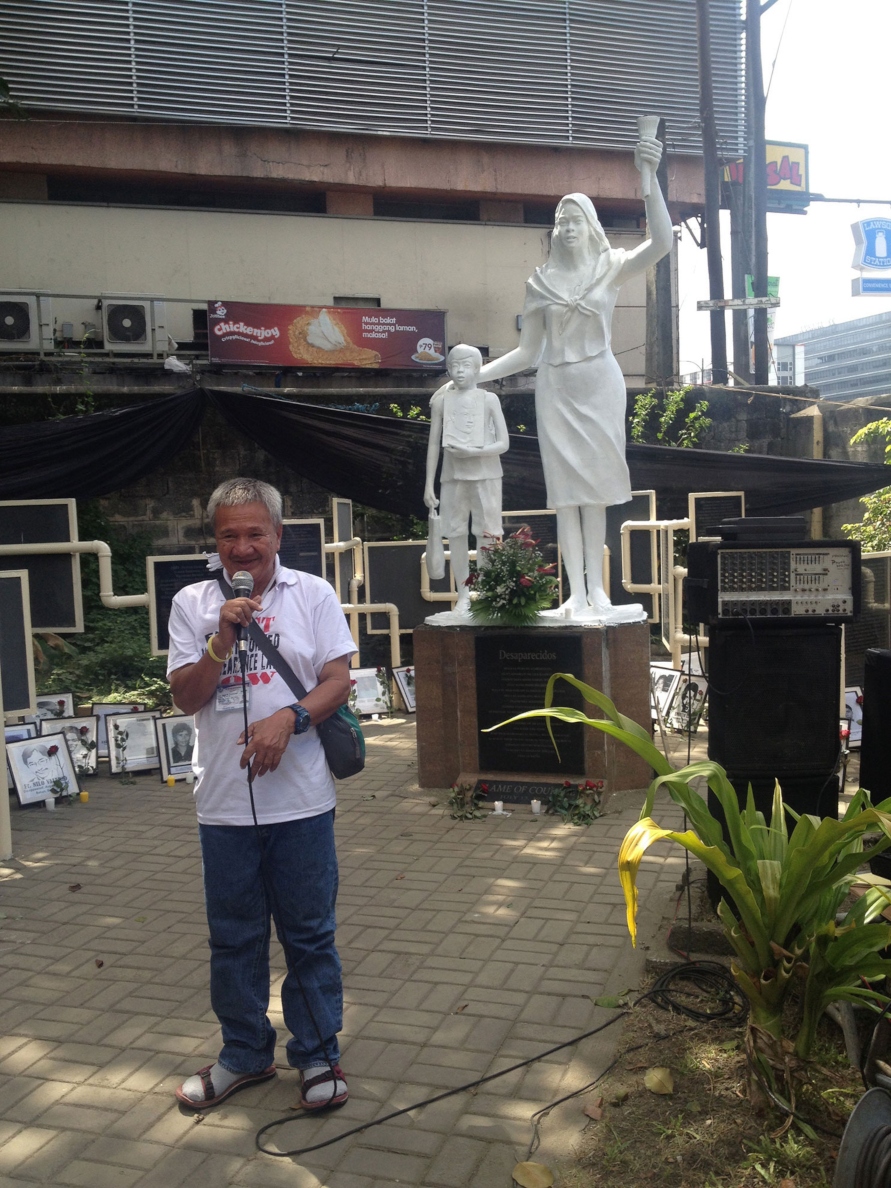
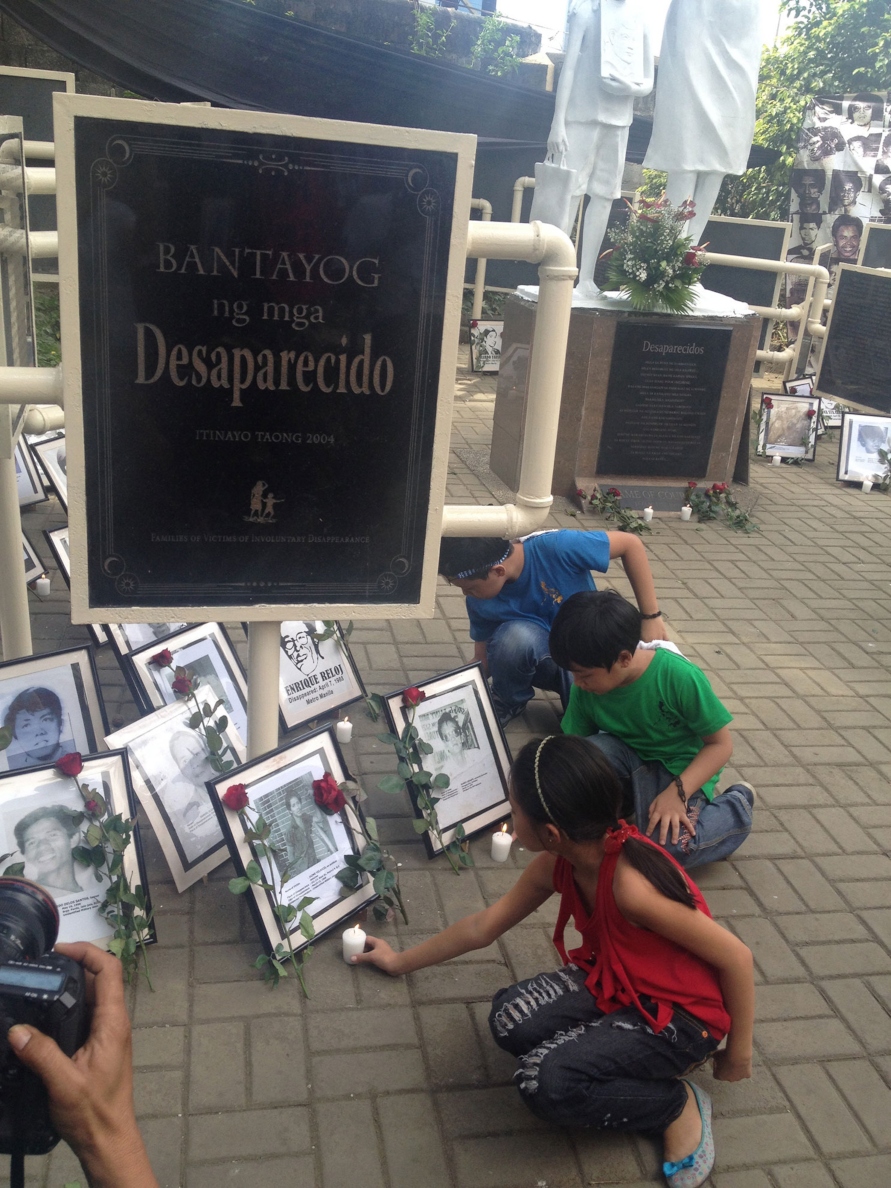
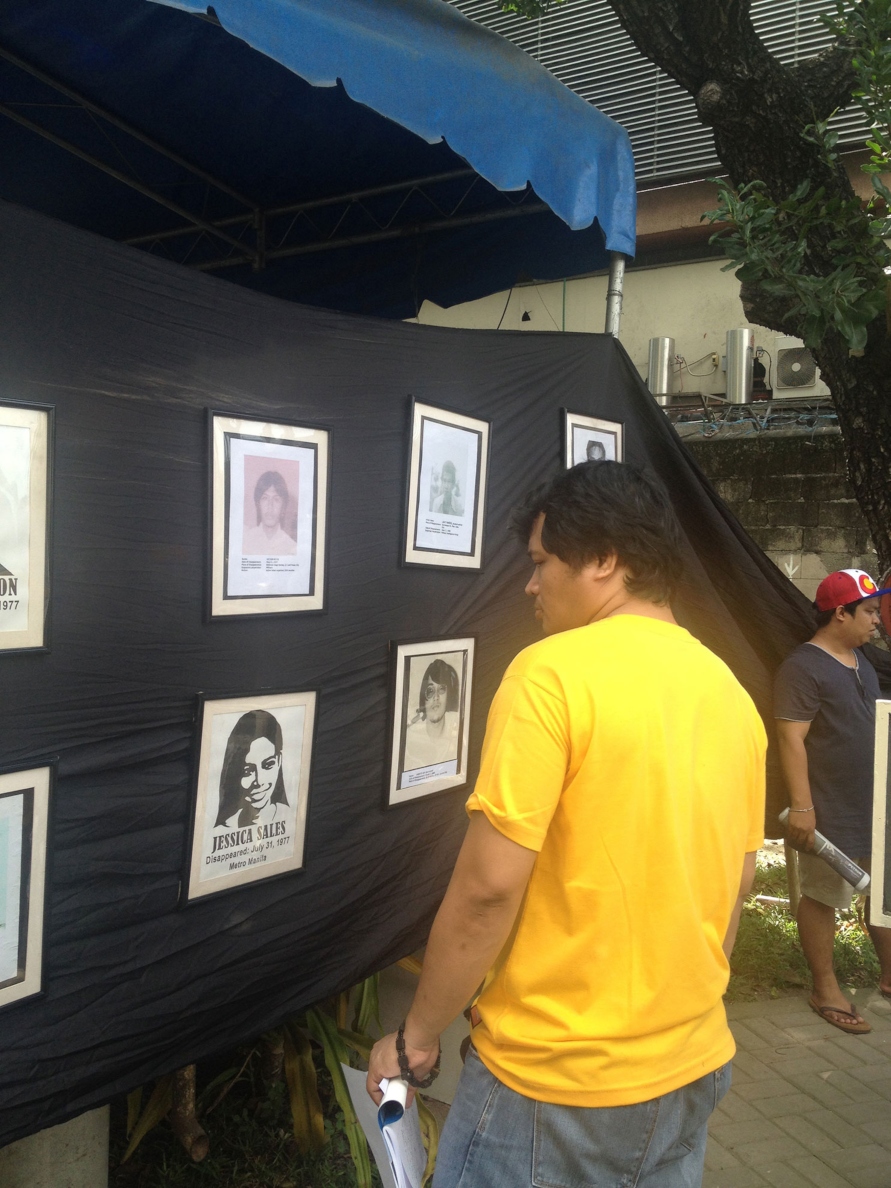
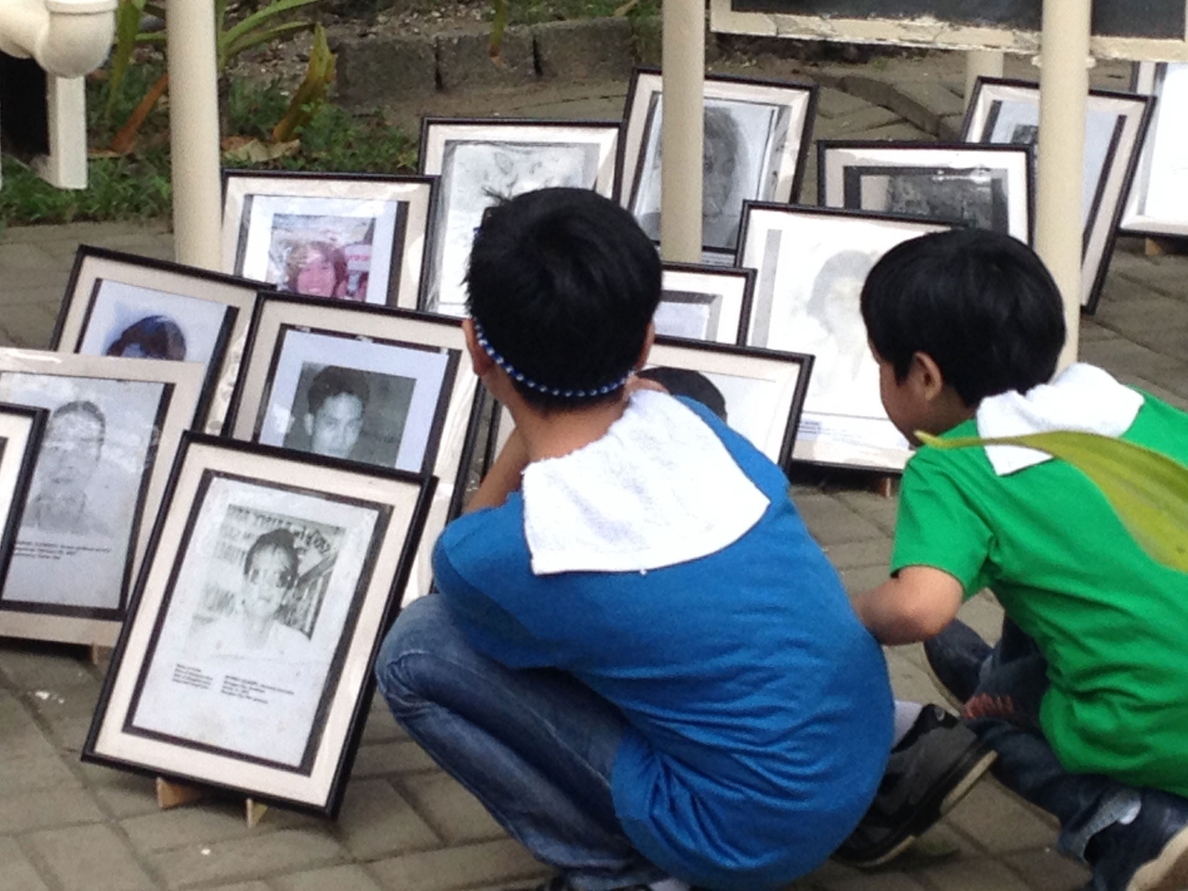
Organization in Charge - Main Referent
Families of Victims of Involuntary Disappearance (FIND)
Facebook group. Fan Page